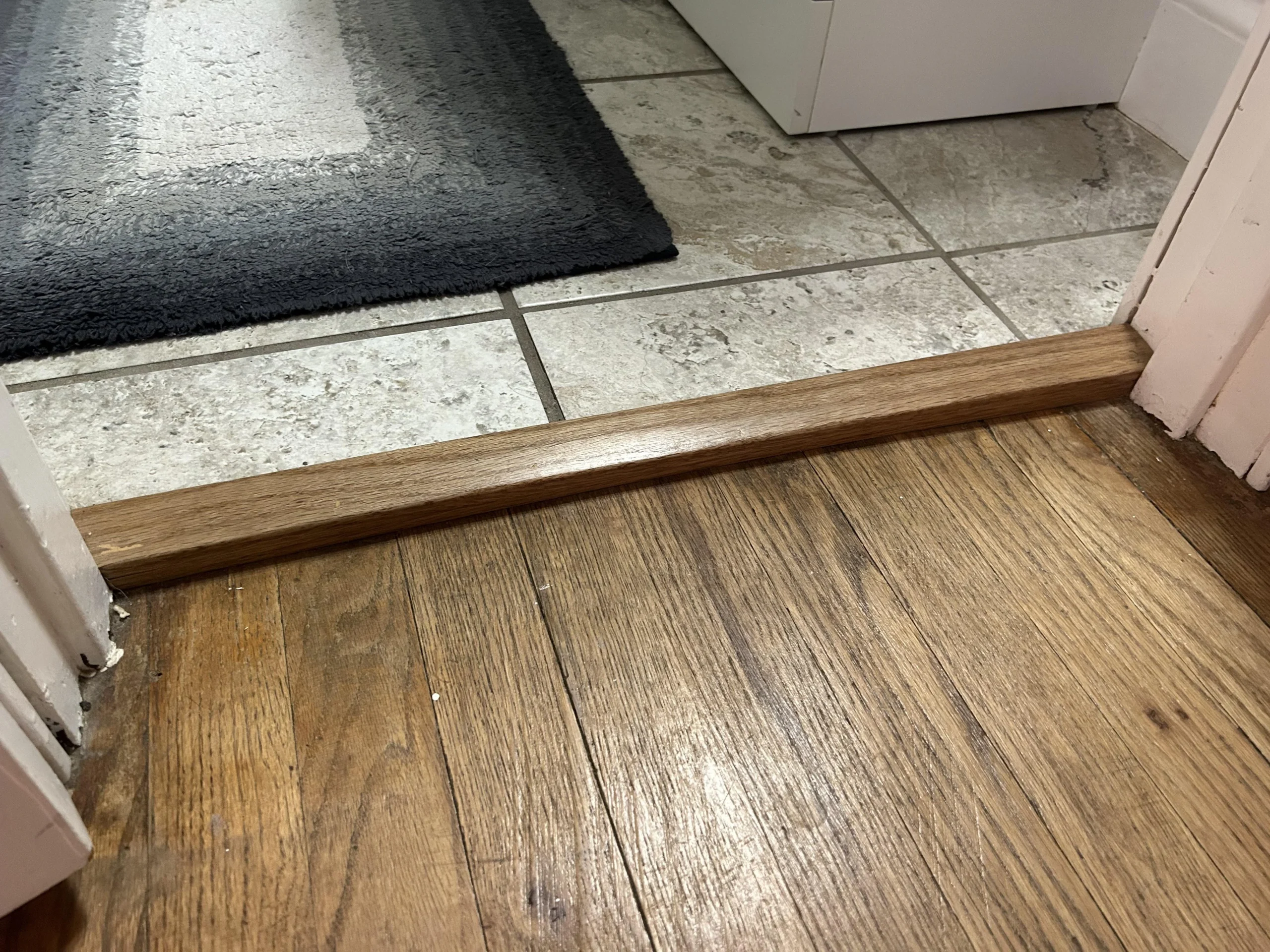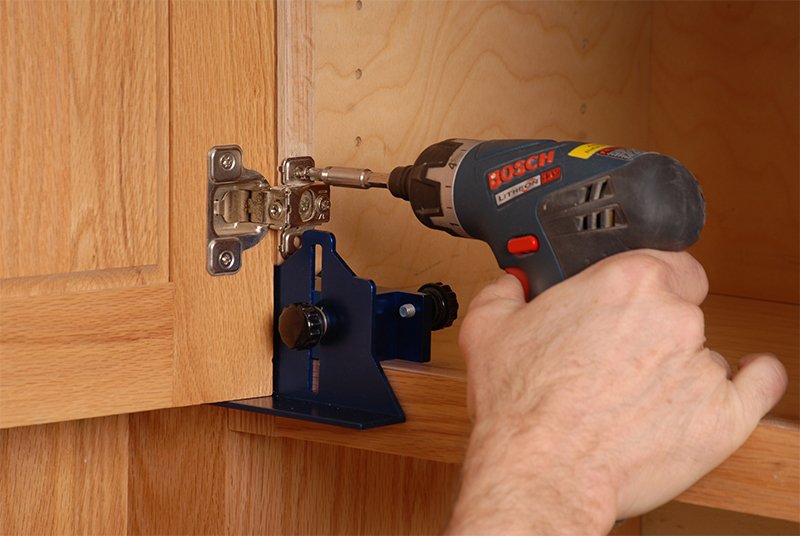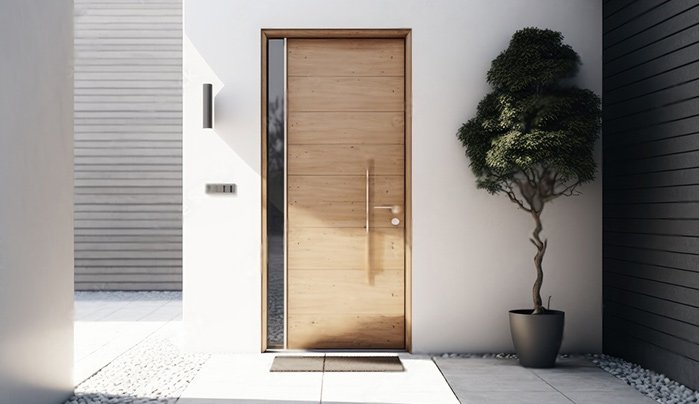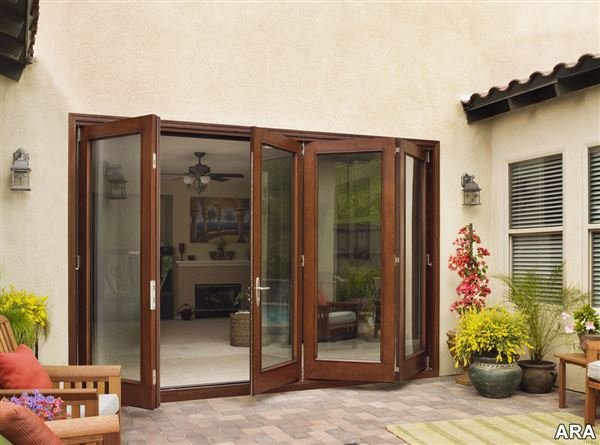Installing doors on uneven floors can feel like a tricky task, but with the right approach, it becomes manageable. Uneven flooring is common in older homes or spaces where settling has occurred over time. Learning how to properly adjust and fit doors in such situations ensures they open and close smoothly without any issues. In this guide, we’ll share some practical tips for installing doors on uneven floors, so you can tackle the job with confidence.
Start by Measuring the Doorway
When dealing with uneven floors, accurate measurements are the foundation of a successful installation. Use a tape measure to assess the width and height of the doorway at multiple points. Measure both sides and the middle to identify any variations. Knowing these differences will help you plan adjustments, ensuring the door fits perfectly despite the uneven floor.

Determine the Door Swing
Another important step when installing doors on uneven floors is to decide the direction the door will swing. Consider the layout of the room and any obstacles, such as furniture or walls. Understanding the door’s swing direction is crucial for making adjustments to accommodate the uneven surface and ensuring the door operates smoothly.
Trim the Bottom of the Door
If the floor slopes or has a high spot, trimming the bottom of the door may be necessary. Mark the area that needs trimming by placing the door in the frame and noting where it contacts the floor. Use a straightedge to draw a cutting line and trim the door carefully using a circular saw. Sand the edges for a smooth finish, and remember to seal the trimmed edge to protect the wood from moisture.
Install Adjustable Hinges
Adjustable hinges are a game-changer when working with uneven floors. These hinges allow you to tweak the door’s position slightly, ensuring it aligns properly with the frame. After attaching the hinges, test the door’s movement and make small adjustments as needed. This step ensures the door operates without sticking or dragging on the floor.
Use a Door Sweep or Threshold
Adding a door sweep or threshold is a great way to compensate for uneven gaps caused by sloped floors. A door sweep is attached to the bottom of the door, helping to seal gaps and prevent drafts. Thresholds, on the other hand, can bridge the space between the door and floor, creating a seamless transition. Choose one that matches your door and floor design for a clean look.
Level the Doorframe
In some cases, the doorframe may also require adjustments. Use shims to level the frame and ensure it sits squarely in the opening. Place shims at the top, middle, and bottom of the frame as needed, then secure them in place with screws. A properly leveled frame makes installing doors on uneven floors much easier.
Test and Adjust the Door
After hanging the door, test it by opening and closing it several times. Check for any sticking, gaps, or uneven swings. If issues arise, revisit the hinges, frame, or door bottom for further adjustments. Patience is key during this step, as small tweaks can make a big difference in achieving a perfect fit.
Add Finishing Touches
Once the door is installed and functioning properly, complete the job with finishing touches. Fill any visible gaps in the frame with caulk or filler, and paint or stain the door to match your decor. These final details not only improve the appearance but also enhance the durability of the installation.
Consider Professional Help for Complex Cases
If the uneven floor is severely sloped or you encounter significant challenges, don’t hesitate to seek professional assistance. A skilled carpenter or contractor can handle complicated adjustments and ensure the door is installed correctly. While DIY efforts are often sufficient, knowing when to call in an expert can save time and frustration.
Conclusion
Installing doors on uneven floors may seem like a daunting task, but with these tips, it becomes much more manageable. By measuring accurately, using adjustable hardware, and making thoughtful adjustments, you can ensure the door fits perfectly despite the uneven surface. Whether you’re working with slight slopes or more challenging gaps, taking the time to follow these steps will lead to a successful installation. With patience and the right tools, you can confidently tackle the job and enjoy a functional, well-fitted door.











